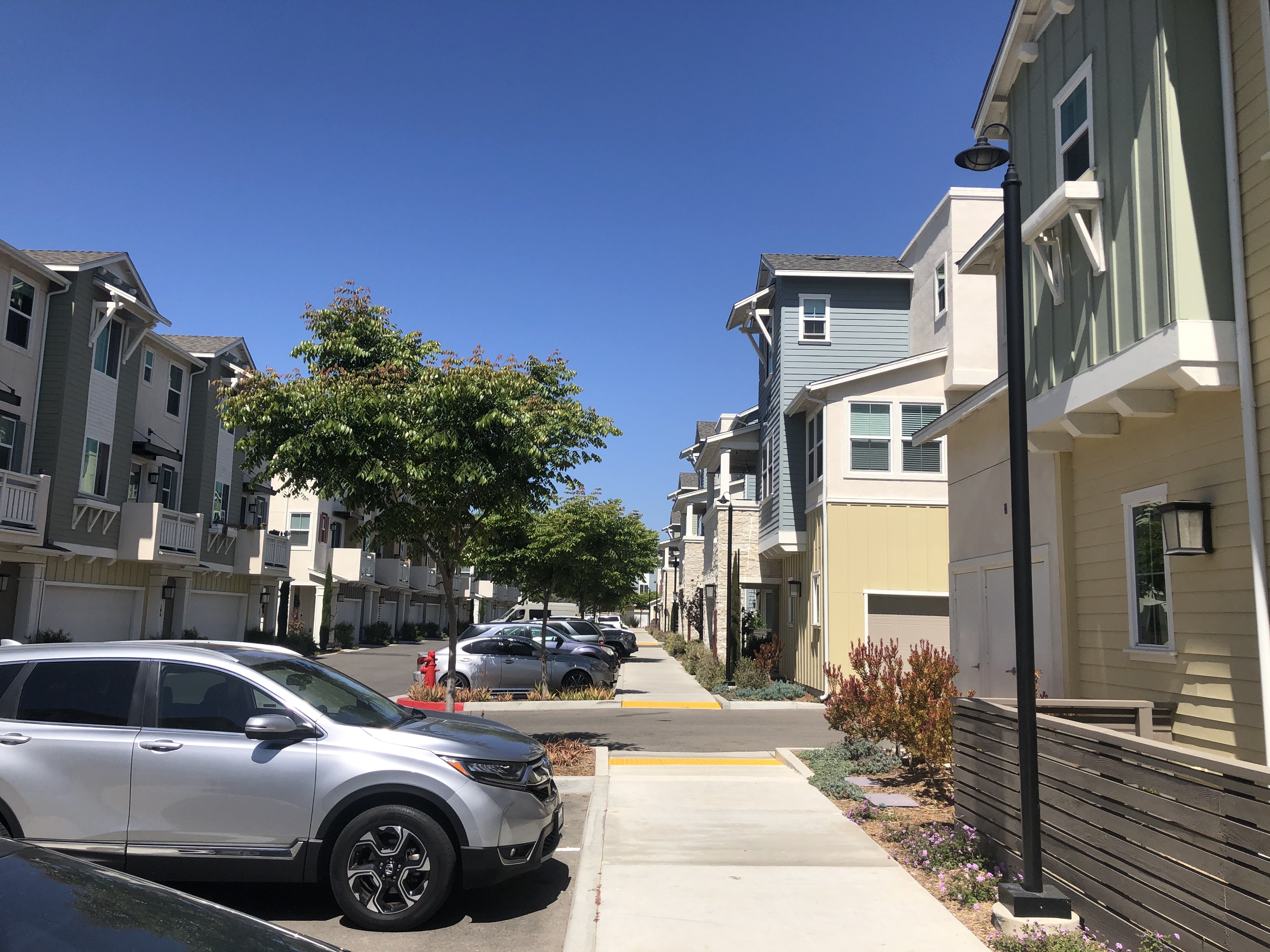Cities Can Require Affordable Homes Among Those Newly Built
The Upsides and Downsides to Minimum Levels of Inclusionary Housing

Cities have limited tools for creating affordable housing. Usually, it requires an interest by the housing developers to partner with a nonprofit organization or the availability of funding to push the rents below the market rate. However, one way that cities can directly generate affordable housing is through inclusionary housing. What that means is for cities to require that new market-rate, multifamily, residential developments above a certain size, such as 10 units, offer a minimum percentage of their housing with rents suitable for lower- and moderate-income residents (such as below 30 percent of the household’s income). Jurisdictions may also allow developers to pay fees in-lieu instead of providing the units on-site.
There is no requirement for cities to use an inclusionary housing authority. In addition, for those that use this tool, the percentage varies considerably. For rental properties, Oakland and Chula Vista require 5 percent of units in new housing developments to be deed-restricted, affordable units, San Diego requires 10 percent, San Jose requires 15 percent, and San Francisco requires 19 percent. Among for-sale housing, the inclusionary housing requirements are generally higher, with Los Angeles’ mandate rising as high as 40 percent in some cases.
One way for the state to add more affordable housing is to mandate that for any region with an employment-housing imbalance, such that housing costs make up at or greater than 30 percent of the salaries of essential workers, cities must establish an inclusionary housing zoning requirement, with a percentage of no less than 20 percent. Developers would be able to satisfy this requirement, either directly by building on-site housing or by paying an in-lieu fee that the city can use to fund a housing voucher program or to build their own affordable housing elsewhere.
However, there are potential downsides to an inclusionary housing requirement. To start with, there is the risk that developers or landowners may find the added costs too great and thereby opt not to build. It may be, however, that the concern that inclusionary housing requirements would make projects infeasible is overstated. A development’s financial feasibility depends upon the specific project that is being constructed. Many developers may design projects and then negotiate with cities to lower the inclusionary requirements to make the projects pencil out. Offering clarity and regulatory certainty can make it easier for developers to produce projects that accommodate the inclusionary housing goals.
In addition, there are other reasons why this concern should not be an overwhelming impediment. As a consequence of the state’s housing law, cities are being required to rezone properties to allow for additional residential developments. This means properties are rezoned to permit additional housing density or converted to allow a different use, like changing from a commercial or agricultural zoning to residential. As a result of these “upzoning” changes, the affected properties become more valuable. The inclusionary zoning is reflecting the added value for property owners, and in return, the state can try to capture a public benefit in return. Affordable housing is the quid pro quo from upzoning.
Second, by allowing developers to satisfy inclusionary housing by providing micro units, Pallet houses, and so on that are affordable by design, developers can provide on-site housing at a much lower cost. Instead of requiring the landowner to lose revenue by being forced to rent below market value, housing that is affordable by design is a less costly way to satisfy this mandate. As part of building inclusionary housing, developers can take advantage of other tools, such as density bonuses. As previously discussed, by developing a standard for housing that is affordable by design housing, the state can help developers efficiently accomplish its inclusionary housing requirements.
Finally, to help offset the cost of the enhanced inclusionary housing requirements, the state could offer a tax deduction to cover a portion of the costs of CEQA analysis for affordable housing, reflecting the public good benefit of the project. For inclusionary housing, the deduction would cover costs associated with challenges to the initial EIR, particularly based on the content of affordable housing.
One advantage of the inclusionary housing mandate is that it offers a means for addressing homelessness. Inclusionary housing produces housing targeted to low and very low income individuals and families. Cities have established different criteria for who is eligible for these residences. In some cases, cities have left it to the developers to create the list of income eligible applicants, who usually rely on a lottery or first-come, first-serve. Other cities have placed a priority for local residents, as well as for essential workers, like nurses and police. Cities can also include the working homeless and homeless families as priority applicants to receive the inclusionary housing. If Enabling a portion of the new affordable housing created by the inclusionary housing requirement to go to the homeless would be an important first step in solving the crisis.
Stuart Kasdin is a member of the Goleta City Council and teaches Political Science at Santa Barbara City College. This article is part 3 of an ongoing series on ways to achieve affordable housing.



